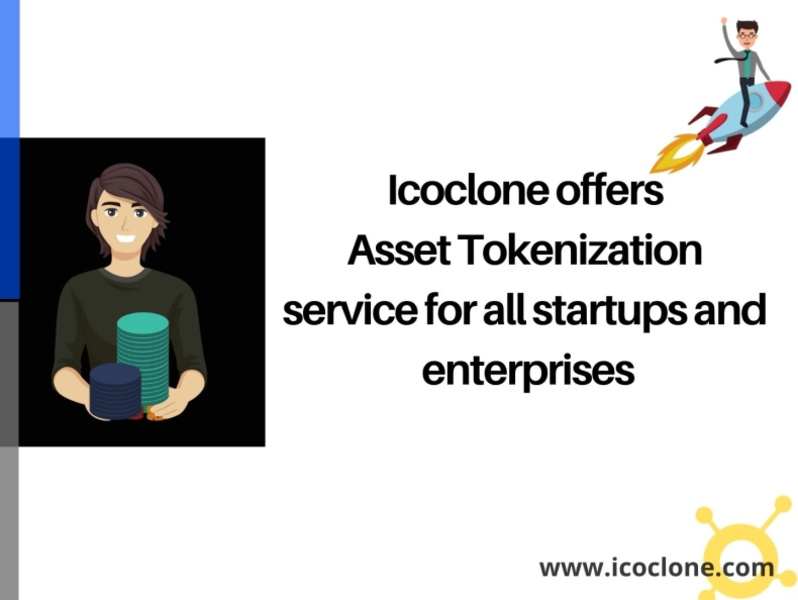Table Of Content
- A take on Design Token definition, organization, and specificity.
- Boosting Design Efficiency. How Figma for VS Code Integration Streamlines Workflow
- References & Further Reading
- Naming Design Tokens
- Creating a Design Tokens Library: Advanced Strategies for Streamlined Design Systems.
- Creating a design token types and system
- Space tokens

We recommend reading Naming Tokens in Design Systems.It’s a great resource on how to name and compose tokens.Many of its conclusions are very similar to how we ended up authoring tokens after multiple iterations of struggling. Type StylesYou use one definition of font family and combine it with styles (again, semantically). But the sad truth is that, at the moment, many other “shortcuts” are not possible with Figma alone.
A take on Design Token definition, organization, and specificity.
A multi-site design system allowed Luminary to design a single-brand website and then duplicate and customise it to the style of each brand. A centralised system with unique Design Tokens per brand saved significant time while maintaining the specific style guidelines. This approach provided consistent and scalable design system management, with Simplot's brand websites adhering to the same structure. This approach means that changes can be made in one place and propagated throughout the design system. Another advantage of Design Tokens is that they can be easily shared between design and development teams. By defining Design Tokens in a way that is easy to understand and use, designers can provide developers with a clear set of guidelines for implementing design properties.
Boosting Design Efficiency. How Figma for VS Code Integration Streamlines Workflow
It’s a product serving products”, argues Nathan Curtis, the founder of UX agency EightShapes. Welcome to the first chapter of a four-part series on advanced strategies for crafting a design token library that’s both effective and scalable. Token names follow a strict naming convention that communicates when and where this token is supposed to be used without having to look at its underlying value. A big upside of this is that it reduces duplicate code to an absolute minimum.Complicated nestings/hierarchies/groupings aren’t a problem.You only create $value objects if theming differences apply.Otherwise, it’s the same value for all themes.
References & Further Reading
By defining these entities at the second level, we further refine and enhance the visual nature of the interface, maintaining a cohesive and harmonious design language. There are dedicated color tokens for text, links, icons, backgrounds, borders, blankets, charts, and skeleton loaders. Choose tokens based on meaning where applicable, not specific values.
Token types
One of the main advantages of using Design Tokens is that they provide a centralised source of truth for design and development teams who are reliant on these properties when launching digital experiences. Instead of hardcoding these variables throughout a working file, Design Tokens provide a single source of truth where teams can update various properties and have those changes propagated throughout the entire project. When Brad Frost documented Atomic Design all those years back, Tokens (or Figma for that matter) had not been created, but they fit so perfectly into that model and allow teams to work even faster to make changes. Now, the difference between design tokens and any other design variable is that they are an abstraction layer that makes them platform-agnostic.
Naming Design Tokens
For example, we can create the token “action.default.color” (System Token) and use it as a reference for link.default.color (System Token) and button.color.primary.default (Component Token). So the rule is simple, each component should have its OWN set of tokens. Developing tokens for every facet of our design system has been an extensive effort and the work is still in progress. It involves ongoing refinement, iteration, and continuous work, and I’m still in the process fine-tuning it to meet our evolving needs.

Join Ehud Halberstam, Senior Product Manager at InVision, for a fireside chat with Jina Anne, the concept-creator of design tokens, and Kaelig Deloumeau-Prigent, founder and co-chair of the Design Tokens W3C community group. They’ll demystify design tokens and give you real-world strategies to start building them into your design systems practice. You might have asked yourself up there why I didn’t define the base text size for body as 1 reminstead of 16 px. I’m a fan of integers and getting a 14 px font size from a multiple of 1 rem is simply nasty.
These changes could take days or weeks to propagate as you sift through each application, find every variant of a single button, and have development correct each of them, one-by-one. Now that you understand the basics, we can move on to the more sophisticated names. Complex, multi-brand design systems need many levels for naming because they need to include multiple themes.
Token Custody Risks: Defining Security in the Crypto World - Coinbase
Token Custody Risks: Defining Security in the Crypto World.
Posted: Thu, 29 Jun 2023 07:00:00 GMT [source]
Space tokens
The effectiveness of design tokens relies on clear naming conventions that accurately reflect their usage. Category/Type/Item (CTI) naming conventions can optimize tokens hierarchically and facilitate more accurate design decisions. However, to use this naming convention, you need to know how to distinguish between global and alias tokens.
If an option is only used in one place, there may be no need to create a token. Tokenization is most effective when options are spread throughout your product and can be managed from one place. Defining these criteria will help you simplify and streamline your design system. Basically, we can connect our account with one of the tools that our developers use. Once they use the .json file we have sent into, e.g., GitHub, they can load it into the project.
However, before implementing them, it’s essential to consider if they are the right fit for your project. In this article, we’ll discuss when to use design tokens and when they may not be helpful. We’ll also provide tips for developing and naming tokens, adhering to JSON format, and ensuring accessibility. While design tokens can bring consistency and speed to your design and development processes, it’s crucial to consider several points before implementing them.
Overall, the shift towards using design tokens is driven by their dynamic nature, which allows for easy modification and scalability across various platforms and frameworks. This approach makes it easier to maintain a consistent and cohesive design system, particularly for larger projects or those that require frequent updates. The quick and dirty approach described in the mantra “first develop, then iterate,” which often shaped the development process of Web1 and Web2 applications, does not play out well in Web3. Once the bias is baked into a protocol of a network operated by a decentralized network of stakeholders, it is hard to revert the changes without consensus of all network actors. I firmly believe that the Web3 community needs to move away from Silicon Valley “meme-based development” to an “engineering-based development” that includes all aspects of the engineering process.
Reference Shadow/TypeCreate type decisions and then connect them with multiple themes, so you don’t have to recreate anything. 4 Brand consistencyCreating new products, maintaining uniformity, and managing a brand are becoming more accessible, faster, and cheaper with a transparent visual hierarchy system. I like to establish a few global foundational colors such as a background, foreground, and surface colors. Drop-shadow has a Composite profile since it requires multiple values (X, Y, Color, Spread, and Blur ) in order to be created. With the PRO version of Tokens Studio, you can create what is called a COMPOSITION which allows you to, in simple terms, use all your tokens as you create CSS. Here I present you a naming convention I was testing in a recent project.
If you decide to use design tokens, the first step is to deconstruct your product into components and categorize them. This inventory should include every element of your interface, from color and typography to spacing and more. This practice will allow you to develop tokens accurately and efficiently. Design tokens take the flexibility of reusable design elements to a new level. They enable designers to make changes in one place, and the new values automatically apply to all designs across different platforms, such as websites, apps, and other assets. This flexibility advances automation, making it a significant plus of using design system tokens.
The Art of Prompt Design: Prompt Boundaries and Token Healing - Towards Data Science
The Art of Prompt Design: Prompt Boundaries and Token Healing.
Posted: Mon, 08 May 2023 14:58:58 GMT [source]
In conclusion, design tokens have revolutionized the digital design industry by providing designers with a powerful tool to achieve visual consistency and efficiency across projects. Designers can now easily create and manage a library of design tokens that can be used across different platforms and devices, such as brand colors, typography, spacing, and more. At the third level of the design token hierarchy, a world of possibilities opens up for more complex design systems.

No comments:
Post a Comment